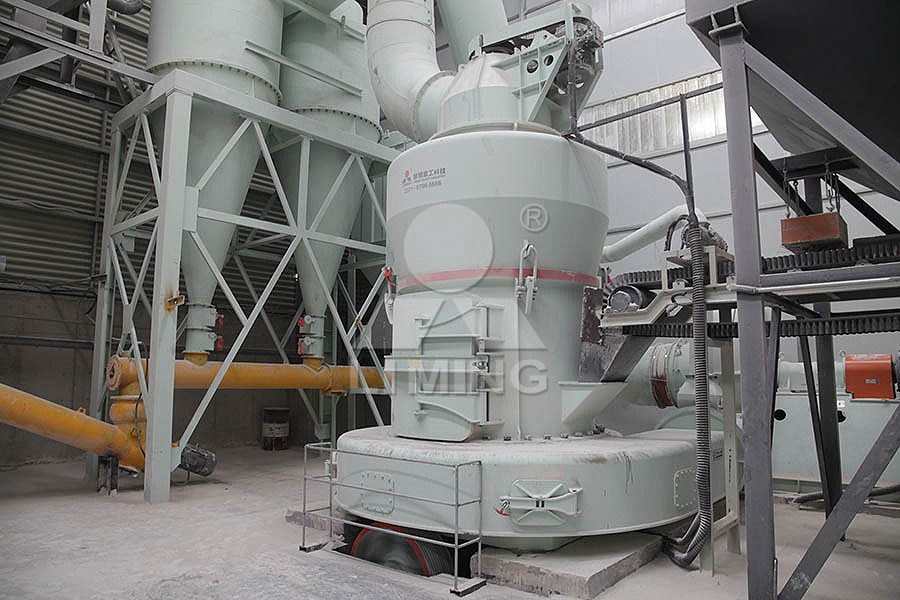Optimizing Desulfurization Efficiency with Advanced Limestone Grinding Mills
Optimizing Desulfurization Efficiency with Advanced Limestone Grinding Mills
In the realm of industrial air quality control, flue gas desulfurization (FGD) stands as a critical process for power plants and heavy industries worldwide. The efficiency of this process hinges significantly on the quality of limestone powder used as the primary sorbent. Achieving the optimal particle size distribution and reactivity requires advanced grinding technology specifically engineered for precision and performance.

The fundamental challenge in desulfurization applications lies in producing limestone powder with consistent fineness between 325-2500 meshes while maintaining operational efficiency. Traditional grinding methods often fall short in delivering the precise particle distribution needed for maximum sulfur capture. This is where specialized grinding equipment makes a substantial difference.
The Critical Role of Particle Size in Desulfurization
Research demonstrates that limestone particles between 325-2500 meshes provide the ideal surface area for efficient sulfur dioxide absorption. Particles that are too coarse reduce reaction efficiency, while excessively fine particles can create handling challenges and increase energy consumption without proportional benefits. The sweet spot lies in achieving d97≤5μm particle distribution with high consistency.
For operations requiring ultra-fine limestone powder with exceptional precision, our MW Ultrafine Grinding Mill represents a technological leap forward. Engineered specifically for customers needing to produce ultra-fine powder, this machine processes materials with input sizes of 0-20 mm and capacities ranging from 0.5 to 25 tph. Its German-engineered cage-type powder selector ensures precise separation accuracy, allowing operators to fine-tune product specifications according to specific desulfurization requirements.
Advanced Engineering for Enhanced Performance
The design innovations in modern grinding mills directly address the pain points of desulfurization operations. The MW Ultrafine Grinding Mill incorporates newly designed grinding curves for rollers and rings that enhance grinding efficiency by approximately 40% compared to jet mills and double the output of traditional ball mills, all while reducing system energy consumption to just 30% of jet mill requirements.

Another significant advantage for continuous operations is the elimination of rolling bearings and screws within the grinding chamber. This design prevents common failure points and eliminates machine damage caused by loose components. The external lubrication system enables maintenance without shutdowns, supporting 24-hour production cycles essential for power generation facilities.
Environmental Compliance and Operational Excellence
Modern grinding solutions must address both performance metrics and environmental regulations. The integrated pulse dust collector and muffler system in advanced mills ensures no dust pollution during operation while reducing noise to compliant levels. This comprehensive approach to environmental protection aligns with stringent international standards.
For larger-scale operations or when processing slightly coarser materials, the LUM Ultrafine Vertical Grinding Mill offers complementary capabilities. With an input size of 0-10 mm and capacity of 5-18 tph, it incorporates the latest Taiwanese grinding roller technology and German powder separating technology. Its unique roller shell and lining plate grinding curve generates material layers more effectively, producing high-quality finished products in a single pass.

Strategic Selection for Optimal Results
Choosing the appropriate grinding technology depends on specific operational parameters: required production capacity, target fineness, energy availability, and space constraints. The MW series excels in ultra-fine applications where precision and energy efficiency are paramount, while the LUM vertical configuration offers advantages in footprint optimization and maintenance accessibility.
Both technologies benefit from digitalized processing with numerically controlled operations for cutting, bending, planing, milling, and paint spraying. This manufacturing precision ensures consistent performance and reliability, particularly for core components that endure continuous operation.
Frequently Asked Questions
What is the optimal limestone fineness for desulfurization applications?
The ideal range falls between 325-2500 meshes, with specific requirements varying based on the desulfurization technology employed. The MW Ultrafine Grinding Mill precisely controls fineness within this spectrum.
How does advanced grinding technology reduce operational costs?
Modern mills like the MW series achieve 40% higher production capacity with the same power input compared to traditional technologies, while reducing energy consumption by up to 70% versus jet mills.
What maintenance advantages do these mills offer?
The absence of rolling bearings and screws in the grinding chamber eliminates common failure points. External lubrication systems enable maintenance without production stoppages.
How do these mills address environmental concerns?
Integrated pulse dust collectors prevent particulate emissions, while mufflers and noise elimination rooms reduce acoustic impact, ensuring compliance with environmental standards.
Can these mills handle variations in raw material quality?
Yes, both the MW and LUM mills are engineered to maintain consistent output quality despite normal variations in feed material characteristics.
